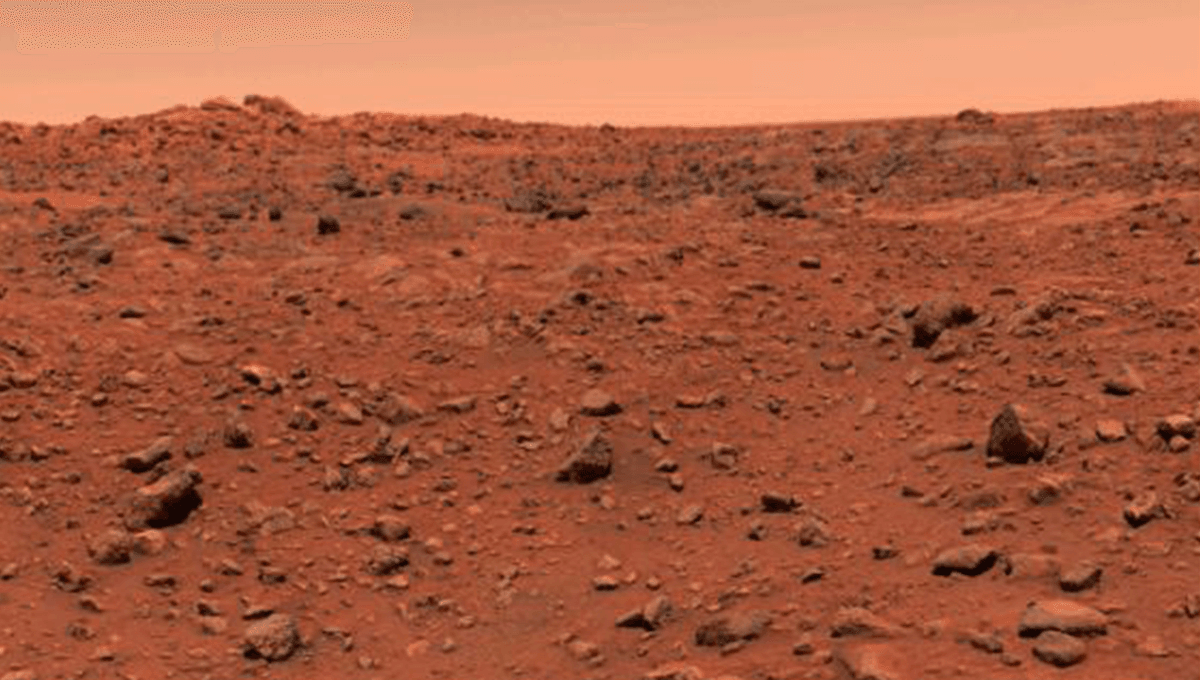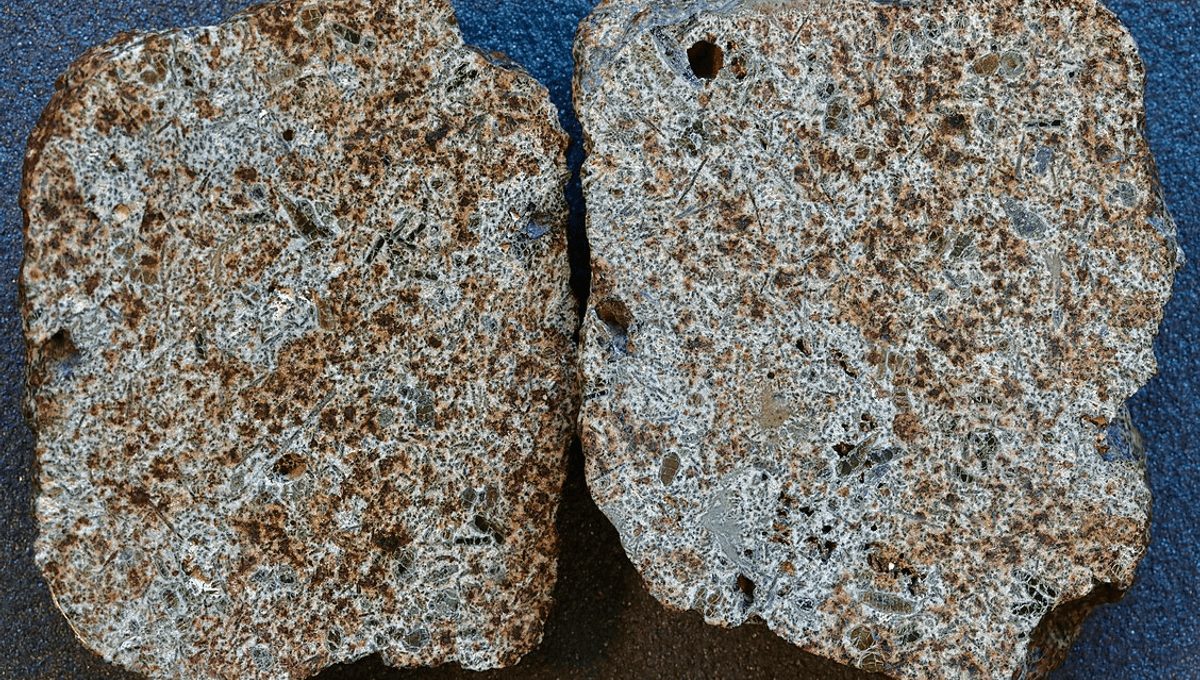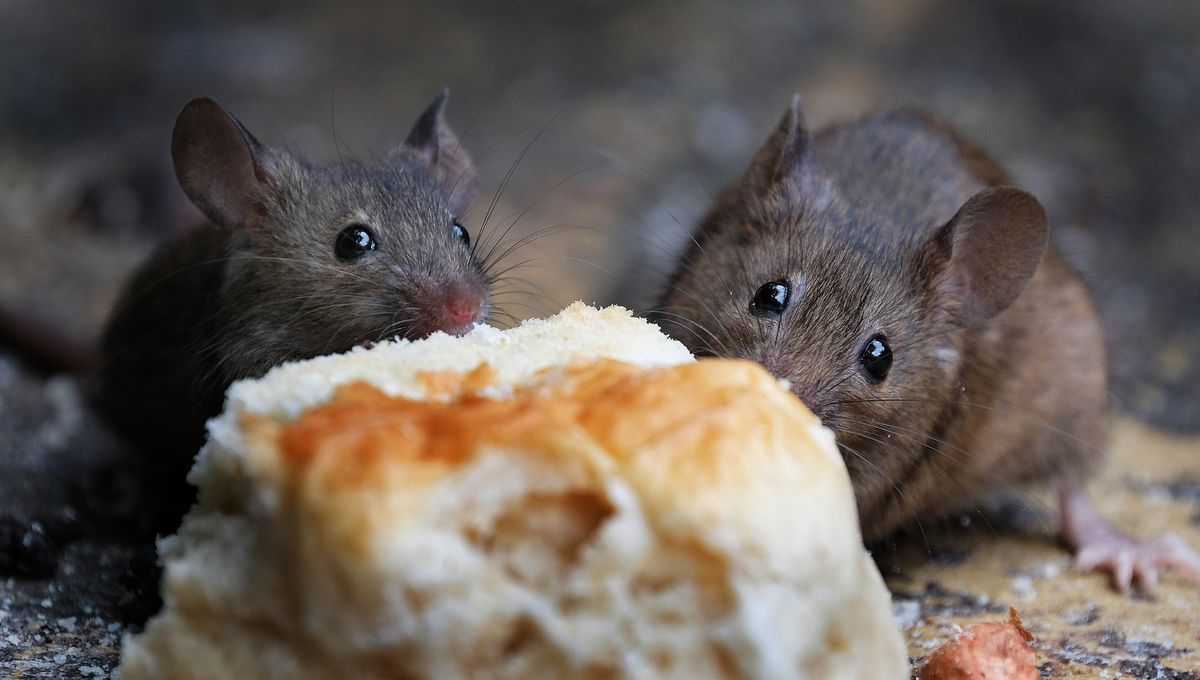Prepare to be amazed: we may have discovered life on Mars almost half a century ago, only to unintentionally wipe it out. As we eagerly await the Mars Sample Return program, set to bring back samples from the planet in the early 2030s, one scientist has proposed that our search for extraterrestrial life may have already yielded results.
Before the Curiosity rover embarked on its mission, two landers made their mark on the Martian surface. The Viking Project, in addition to capturing the first-ever images from Mars, conducted biological tests on the soil to detect signs of life.
The results were unexpected and perplexing to scientists. Most experiments did not yield promising results. However, traces of chlorinated organics were discovered, although they were initially believed to be contaminants from Earth.
One experiment involved adding water containing nutrients and radioactive carbon to the Martian soil. The idea was that if microorganisms were present, they would consume the nutrients and release the radioactive carbon as a gas. While the first experiment did produce this radioactive gas (the control experiment did not), subsequent results were mixed. Additional injections of the mixture did not lead to increased gas production, contrary to expectations. The initial positive result was attributed to perchlorate, a compound found in fireworks and rocket fuel, which could have metabolized the nutrients.
However, there is another intriguing theory. Dirk Schulze-Makuch, a professor specializing in planetary habitability and astrobiology at the Technical University Berlin, suggests that adding water to the experiment may have been a mistake, potentially causing the demise of the very microbes we were seeking.
When you’ve just been drowned by an alien robot, you don’t tend to be all that hungry.
In a fascinating article published in June on BigThink, Schulze-Makuch highlights examples of life on Earth that thrive in extreme environments, such as living within salt rocks and extracting humidity from the air. Pouring water on these microbes would undoubtedly be fatal, which could explain why the subsequent injections of nutrients failed to detect any radioactive gas. After all, when you’ve just been drowned by an alien robot, hunger is probably the last thing on your mind.
Schulze-Makuch had previously proposed that Martian life might contain hydrogen peroxide in their cells, which would provide advantages in the Martian environment, such as a low freezing point, a source of oxygen, and hygroscopicity.
“If we assume that indigenous Martian life might have adapted to its environment by incorporating hydrogen peroxide into its cells, this could explain the Viking results,” Schulze-Makuch wrote for BigThink. He also noted that the gas chromatograph mass-spectrometer heated up samples before analysis.
“If the Martian cells contained hydrogen peroxide, that would have killed them. Moreover, it would have caused the hydrogen peroxide to react with any organic molecules in the vicinity, resulting in the formation of significant amounts of carbon dioxide — which is precisely what the instrument detected.”
While it remains a tantalizing possibility, if this theory proves correct, it would mean that we discovered life on Mars almost five decades ago, only to inadvertently extinguish it, reminiscent of the antagonistic aliens in movies.








